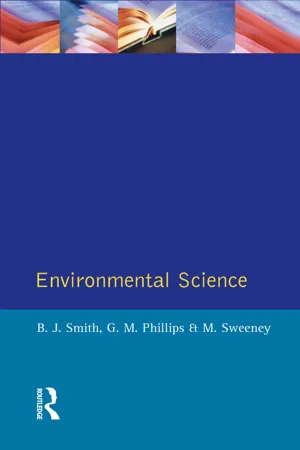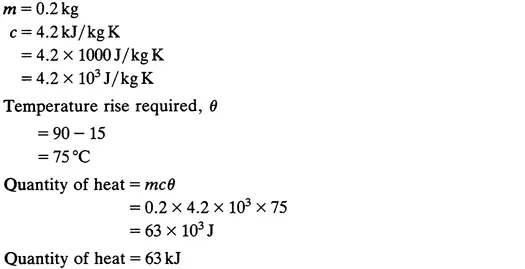Temperature
Heat is associated with the continual random motion of molecules within all states of matter - solid, liquid and gas. Temperature is a measure of this molecular energy.
The transfer of heat energy to or from a body is dependent upon temperature. If a cold body at a low temperature is placed in contact with a hotter body at a higher temperature, heat is transferred from the hotter body to the cold body until thermal equilibrium is established and both bodies are at the same temperature. If no heat flows upon contact, there is no difference in temperature.
The establishment of a temperature scale requires fixed points at which the temperature is always the same and reproducible. Any property of a substance which changes with temperature, such as length, volume, resistance or thermoelectric electromotive force can be used for temperature measurement.
Thermodynamic temperature scale
The basic temperature is the thermodynamic temperature (T) in kelvin (K).
The unit of thermodynamic temperature, the kelvin, is the fraction 1/273.16 of the thermodynamic temperature of the triple point of water (approximately 0°C). The triple point of water is the temperature at which ice, water and water vapour coexist in equilibrium at a pressure of 610 N/m2.
Celsius temperature scale
Practical temperature measurements are usually made in degrees Celsius (°C). On the Celsius scale of temperature the lower fixed point is the temperature of melting ice at standard atmospheric pressure (101.325 kN/m2) and is defined as 0°C. The upper fixed point is the temperature of steam above water boiling at standard atmospheric pressure and defined as 100 °C.
Measurements show that
Hence an interval or change of 1 °C on the Celsius scale has the same magnitude as an interval or change of IK on the kelvin scale. θ or t denote temperature on the Celsius scale (°C), and T denotes temperature on the thermodynamic and absolute scales (K).
so that
Sufficient accuracy is usually obtained by writing 273 for 273.15, so that approximately,
Quantity of heat
Heat is a form of energy. Quantity of heat is measured in terms of the fundamental energy unit, the joule (J). The joule is defined as the work done when the point of application of a force of 1 newton (N) is displaced through a distance of 1 metre (m) in the direction of the force. A newton is that force which applied to a mass of 1 kilogram (kg) gives it an acceleration of 1 metre per second per second (m/s2).
The application of heat to a body may result in a rise in temperature or a change in state. Sensible heat is a term sometimes used in heating and cooling to indicate any quantity of heat which changes only the temperatures involved. The heat energy used to change the state of a substance is known as the latent heat.
Sensible heat
The specific heat capacity (c) is the heat required to raise the temperature of unit mass (1 kg) of a substance by 1K.
Fig. 1.1 Thermodynamic and Celsius scale
The term heat capacity or thermal capacity of a body is defined as the quantity of heat required to raise the temperature of that body by 1K. The thermal capacity, often useful as a measure of the heat storing capacity of an element or structure, is obtained from the product of mass and specific heat capacity:
The quantity of heat required to produce a temperature change θ in a body of mass m with specific heat capacity c is given by
- where, m = mass (kg)
- c = specific heat capacity (J/kg K)
- and θ = temperature difference (K)
Example 1.1 Calculate the quantity of heat required to raise the temperature of 0.2 kg of water from 15 °C to 90 °C if the specific heat capacity of water is 4.2kJ/kgK.
Latent heat
When heat is supplied to a body at its melting or boiling point there is no temperature change.
The latent heat is the quantity of heat required to change the state of a substance without change of temperature.
The heat required to change a solid to a liquid at the melting point is called the latent heat of fusion. The heat required to change a liquid to a gas at the boiling point is called the latent heat of vaporisation.
The specific latent heat is the quantity of heat required to change the state of unit mass (1kg) of a substance, without change of temperature.
Transmission of heat energy
Heat energy transmission takes place from a higher temperature region to one at a lower temperature. This heat energy transfer may be by one or more than one of three modes: conduction, convection, and radiation.
Conduction
Conduction of thermal energy may take place in all three states of matter - solid, liquid, gaseous. The kinetic energy of molecules within a body may be asso...








